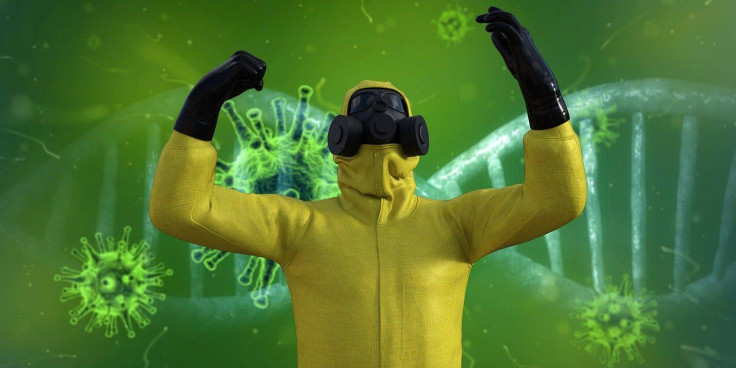COVID-19 Warning: Avoid These Places To Stay Away From Coronavirus

As experts still continue to uncover new insights every now and then, the world is still getting to know new details pertaining to the deadly novel coronavirus. But there seems to be a great chance to avoid being exposed to the virus in a less-crowded and well-ventilated environment, reported new research.
As scientists and research experts worldwide are racing to identify therapeutics that can potentially treat the coronavirus victims, vaccine developments are underway and it is expected within the next eighteen months.
But until a vaccine or a potential drug becomes available, the public has to take adequate measures such as avoiding certain places.
The new study published in the journal Nature analyzes certain places and to make judgments about the kinds of environments that are most likely to cause coronavirus transmission.
The study is based on the research conducted by experts monitoring a pair of hospitals in the coronavirus epicenter in China where the pandemic originated.
Key findings of the study:
- More often than not, better-ventilated hospitals tend to have lower concentrations of aerosolized particles linked to the coronavirus.
- Poorly-ventilated regions of the hospitals such as the bathrooms had higher concentrations of COVID-19-associated aerosolized particles.
- “The concentration of SARS-CoV-2 RNA in aerosols detected in isolation wards and ventilated patient rooms was very low, but it was elevated in the patients’ toilet areas. Levels of airborne SARS-CoV-2 RNA in the majority of public areas was undetectable except in two areas prone to crowding, possibly due to infected carriers in the crowd,” said the report.
- Medical staff areas in hospitals such as the protective apparel removal room, staff’s office, meeting rooms, and warehouse had a significantly higher amount of COVID-19-associated aerosolized particles.
- Public areas such as department stores and pharmacies also had significant amounts of aerosolized coronavirus particles.
The results of the study aren’t 100% definitive and it is not entirely understood whether lesser-ventilated areas can pose a greater risk. Also, experts aren’t sure about how much of a concentration of the virus is required to actually infect a person.
“Our results indicate that room ventilation, open space, sanitization of protective apparel, and proper use and disinfection of toilet areas can effectively limit the concentration of SARS-CoV-2 RNA in aerosols. Future work should explore the infectivity of the aerosolized virus,” concluded the researchers.
© Copyright IBTimes 2025. All rights reserved.





















